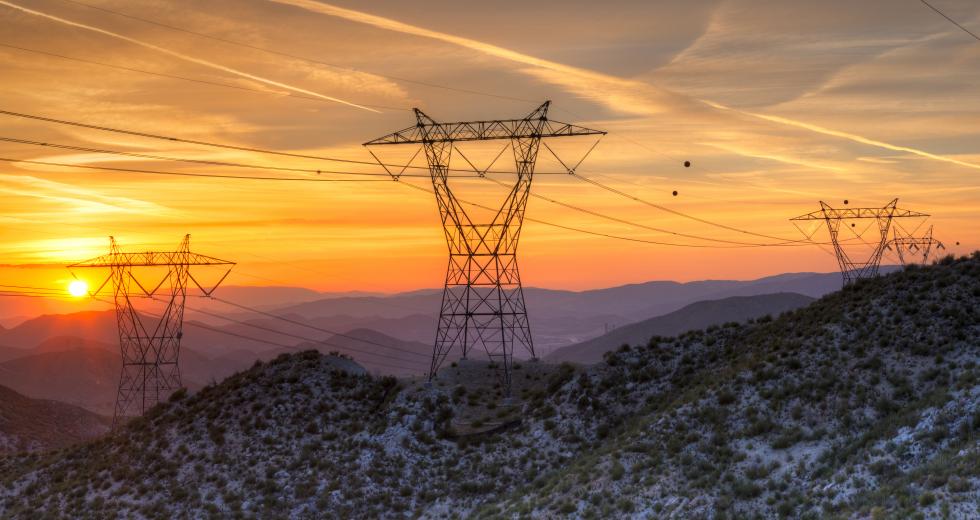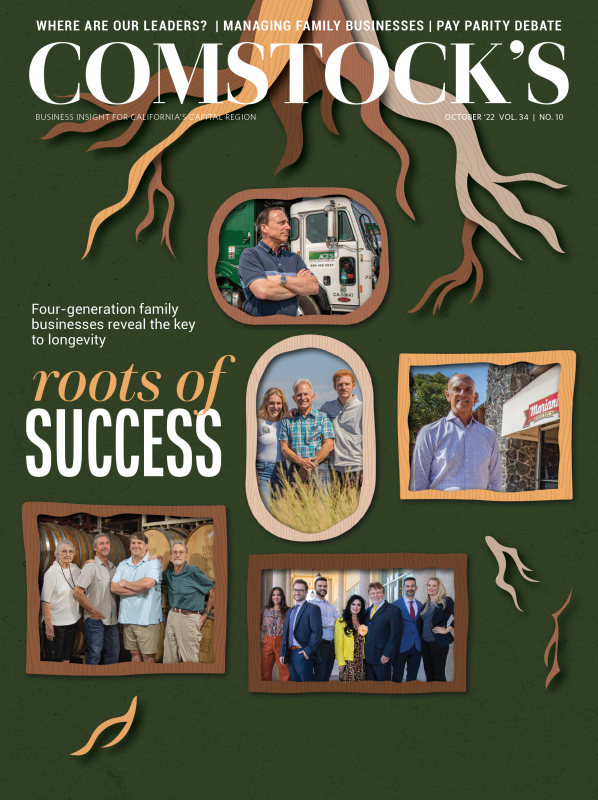When the record heat wave hit Sacramento a few weeks ago, I suspect the first thing many of us did was to turn up the air conditioning. Living in the Sacramento Valley for all of my adult life, I’ve become accustomed to hot summer days. Even though my home is well insulated, the Delta breezes I normally rely on weren’t enough to cool things down on a few evenings.
Ever since a young engineering graduate, Willis Carrier, developed the modern day air conditioner (originally to cool a printing plant so the ink would dry), it has grown into a necessity for everyday living, especially in our part of the country. Air conditioning is widely considered one of the 10 most important mechanical engineering inventions of the 20th century and fueled growth in many states. Even while meeting the nation’s strictest energy efficiency standards, electricity accounts for up to 60 percent of the operating costs of a large commercial office building that also needs power for office computers, security systems and lighting. Can we even imagine our homes, stores or office buildings without a thermostat on the wall to control our indoor environment?
I think it was ironic that a record-setting heat wave — it reached 116 degrees on the freeway at 6:30 p.m. as I drove to a dinner appointment — was the intersection where the state’s energy history and its energy future collided. According to the Independent System Operator, the quasi-public agency that runs the state’s power grid, Californians used a record 52,061 megawatts of power that day. A few decades ago, we would have used about 30,000 megawatts.
The heat wave hit as news was breaking about the state working to keep PG&E’s controversial Diablo Canyon nuclear power plant open for a few years past its planned closing date, drawing criticism from renewable fuel advocates. Only a few weeks before, the state formally adopted its groundbreaking emission standards that will require all new cars to be electric powered by 2035.
States in the West often share power to help each other get through days with a big demand. Unfortunately, on this day, all of them were dealing with the same heat wave and had none to share, which pushed us to the brink. Fortunately, the ISO declared late in the day that the crisis had passed with no “load shedding” — bureau-speak for power outages or blackouts. They credited everyone for pulling together to conserve energy including not recharging electric cars during peak demand.
The move to electric cars is intended to reduce reliance on fossil fuels, a problem some cities are addressing by requiring new home construction be all-electric. To that end, utilities are generating more power from solar, wind and hydro to meet state-imposed standards. According to the state Energy Commission, California produces almost half of the nation’s solar power. Even so, oil and natural gas — the old standbys — still generate about 40 percent of our electricity.
But the heated debate over how to generate power — fossil fuels or renewables — overlooks a more fundamental issue. Whether the goal is to save the planet or expand the economy, both camps see expanding reliance on electricity as the answer. Reliable delivery of electricity has always been the foundation of economic development. That means we will need to generate more of it and beef up the grid system to deliver it. More electric cars and renewable fuels might be a solution, but we will have bigger problems if we strain our electric system beyond capacity.
Most of the time our electric system works so well we don’t give it a second thought when we inch up the thermostat on a hot day. It only took a week of hot weather to push our electric grid to the brink and give new life to a nuclear plant that was on its way to the scrap heap.
Market forces, technology and Mother Nature will ultimately settle debates over how much we can rely on electric cars or renewable fuels. Policy makers and utilities need to move beyond that debate and look at the long game — how they are going to generate more power so that the next 116 degree heat wave doesn’t find our energy gauge on empty.
Do you have a solution?
Winnie Comstock-Carlson
President and Publisher
–
Stay up to date on business in the Capital Region: Subscribe to the Comstock’s newsletter today.
Recommended For You
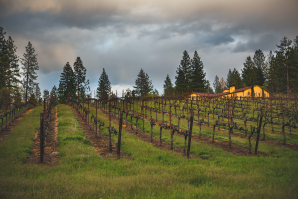
After the Blaze
Climate change creates challenging conditions for California wineries
Winemakers are challenged with the consistent threat
of wildfires and their aftermath, plus drought
conditions and complex water realities.

Out of the Woods
Could biomass technology help reduce megafires and build a wood-products market in California?
The process of turning wood waste into fuel not only
represents a breakthrough in the biofuels industry, but also
helps to create more resilient forests that can better
withstand wildfire.
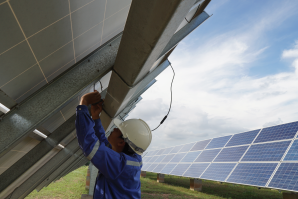
Creating a Green Workforce
As the IPCC warns of suffering caused by climate change, the Capital Region is working to build a climate workforce
The extreme effects of climate change and California’s
environmental mandates are propelling a growing energy
workforce.
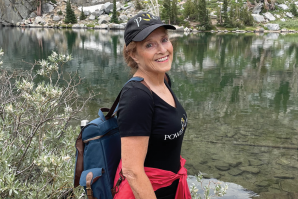
Wildflowers and Wildfires Paint Different Scenes in the Sierra Nevada
A recent hike amid the Sierra Nevada mountains prompts Comstock’s president and publisher to consider what can be done in the wake of multiple wildfires and drought.
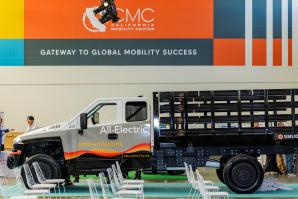
Voltage for a New Electric Economy
The shift to electric transportation is coming. Comstock’s president and publisher considers the benefits and challenges the transition may present the Capital Region.
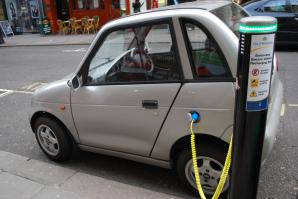
Despite Sharp Growth in Electric Cars, Vehicle Emissions Keep Rising
It is tempting to employ any number of puns when considering California’s transportation future: The state is at a crossroads, its policies could run out of gas, dangerous curves lie ahead.



